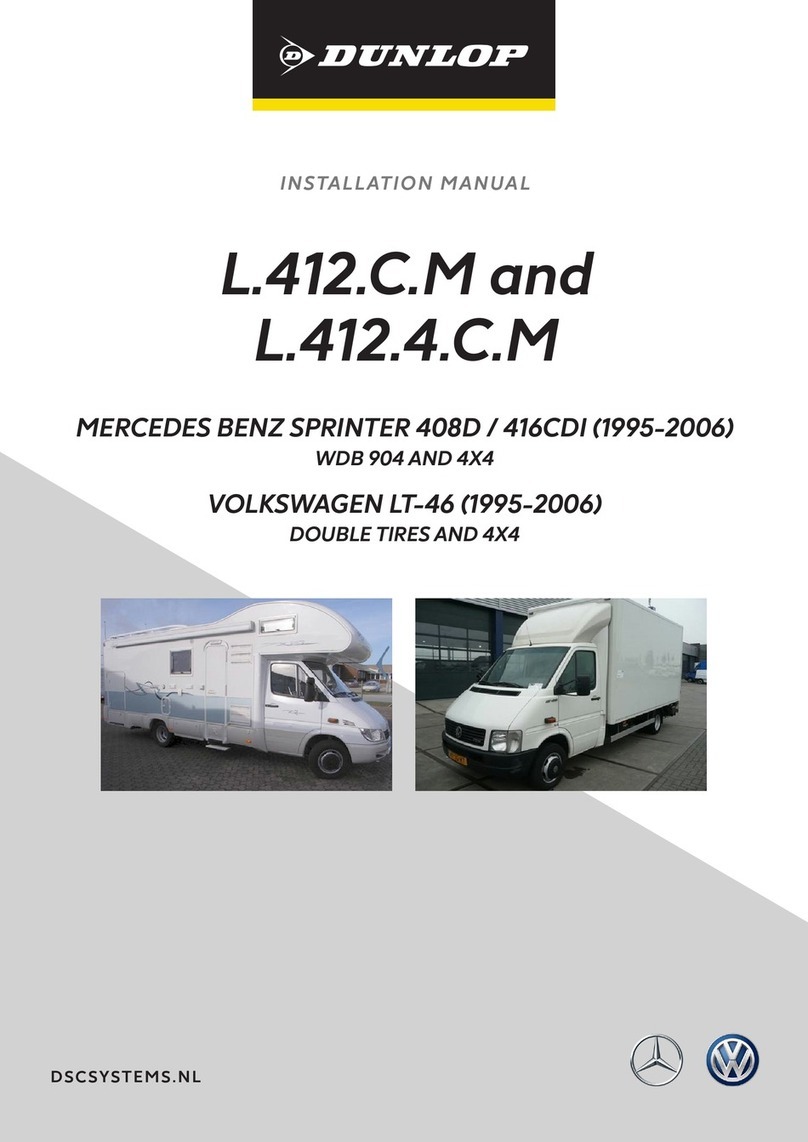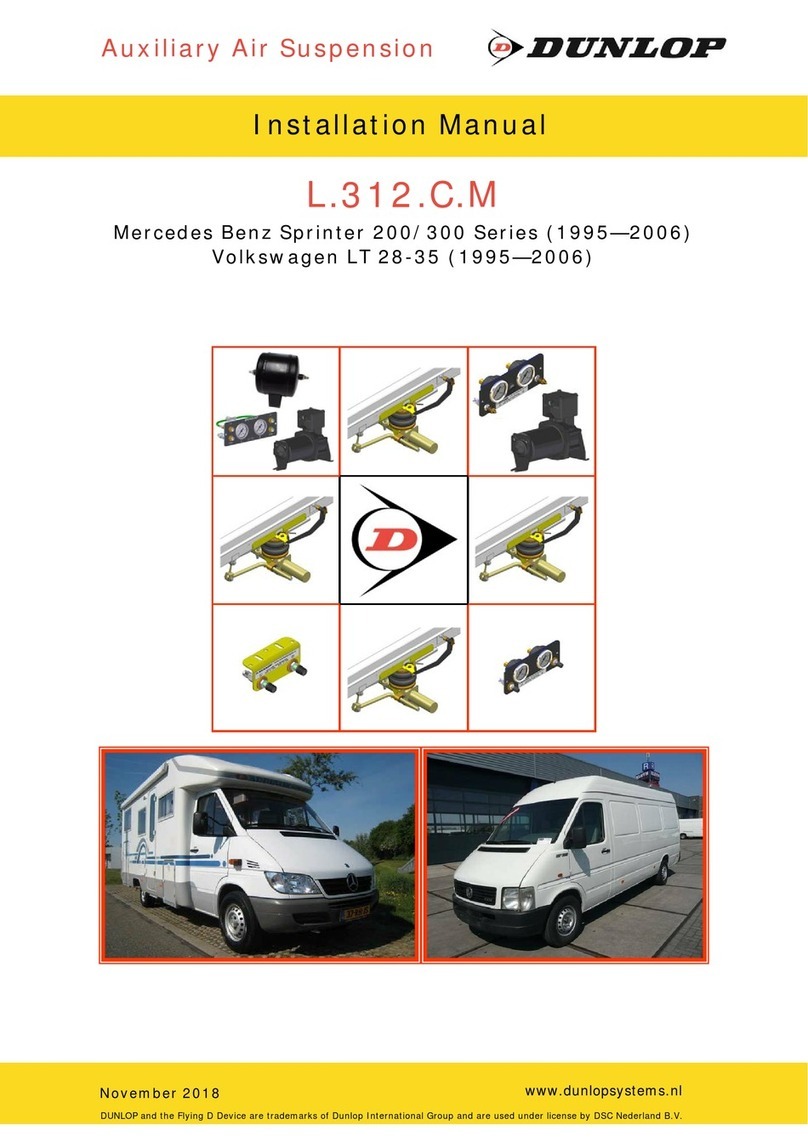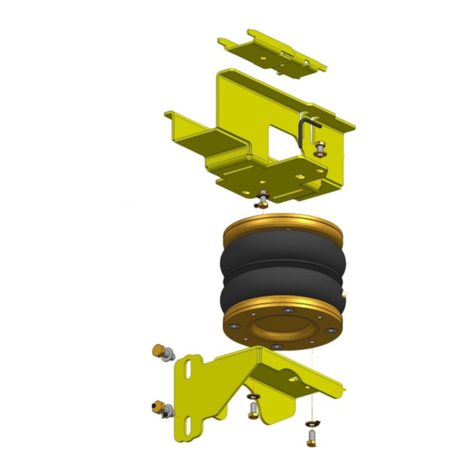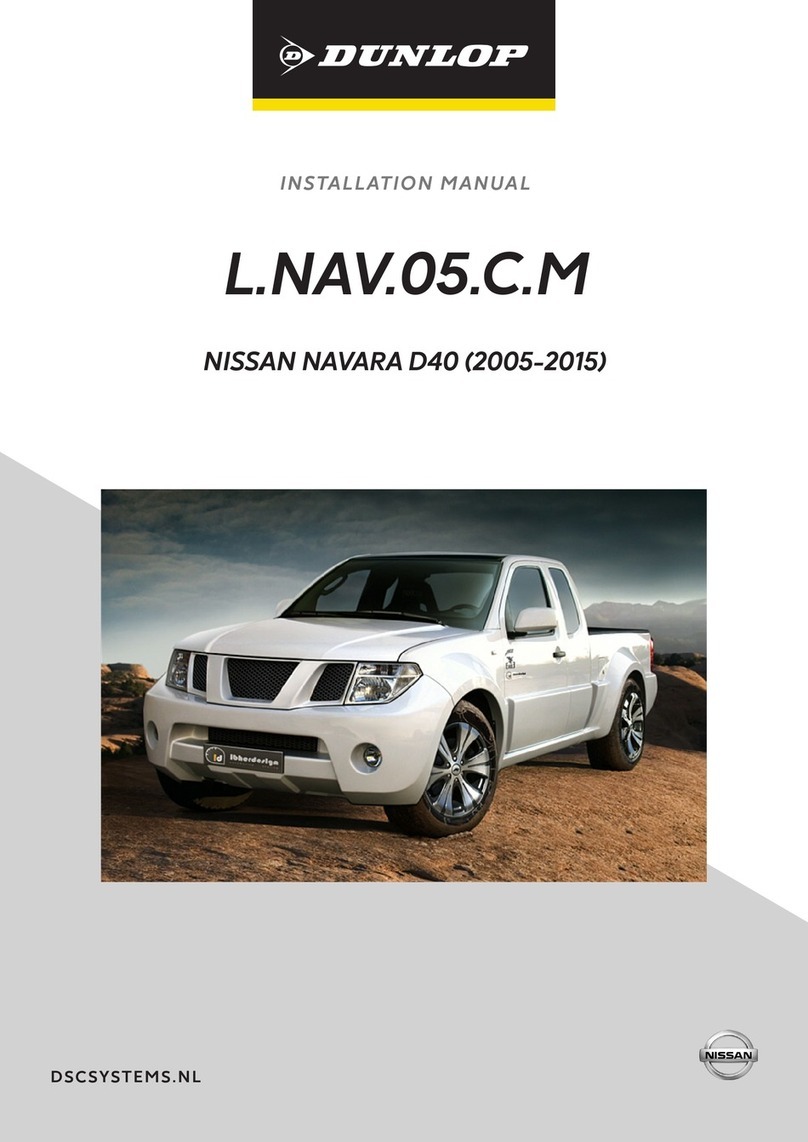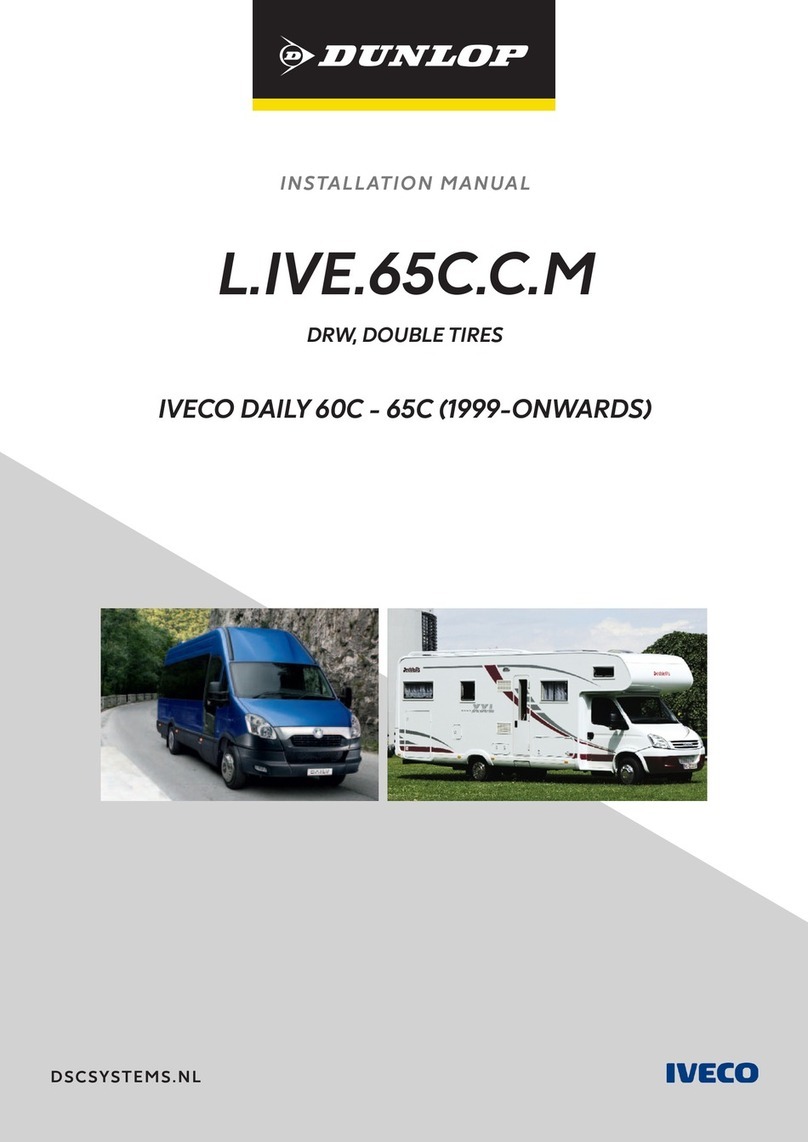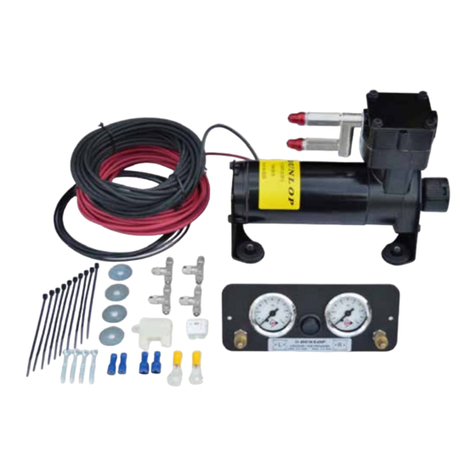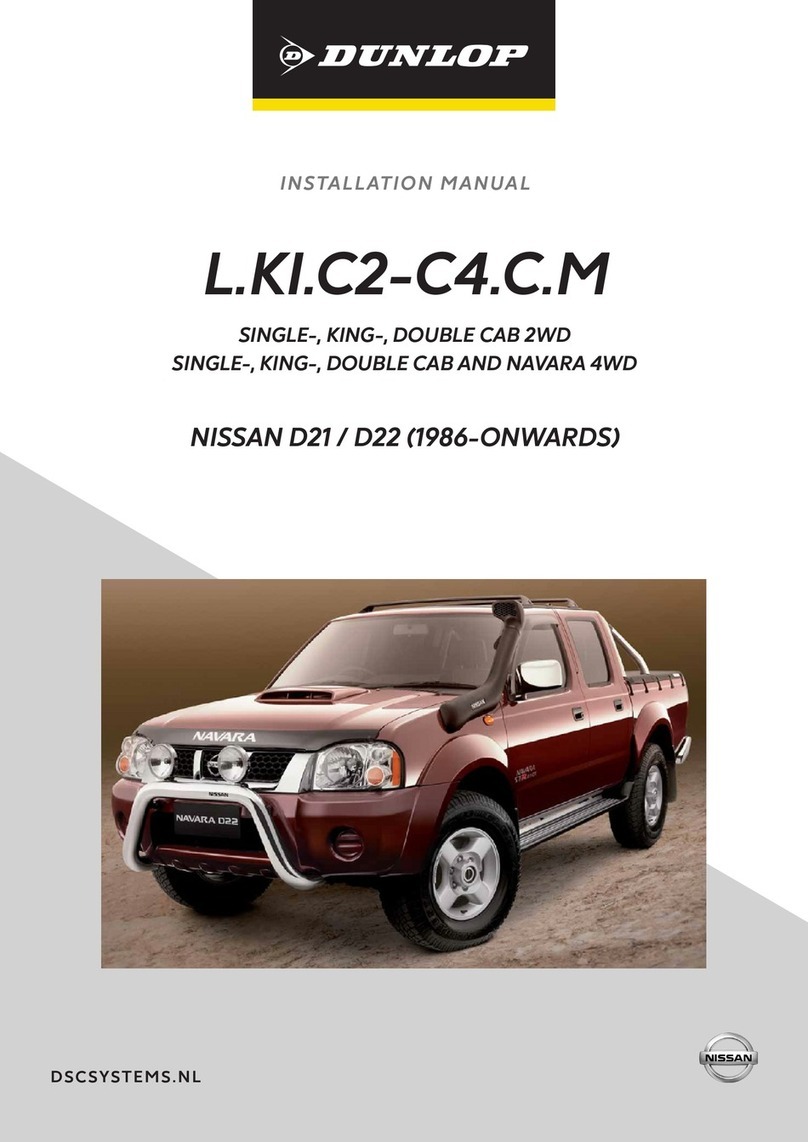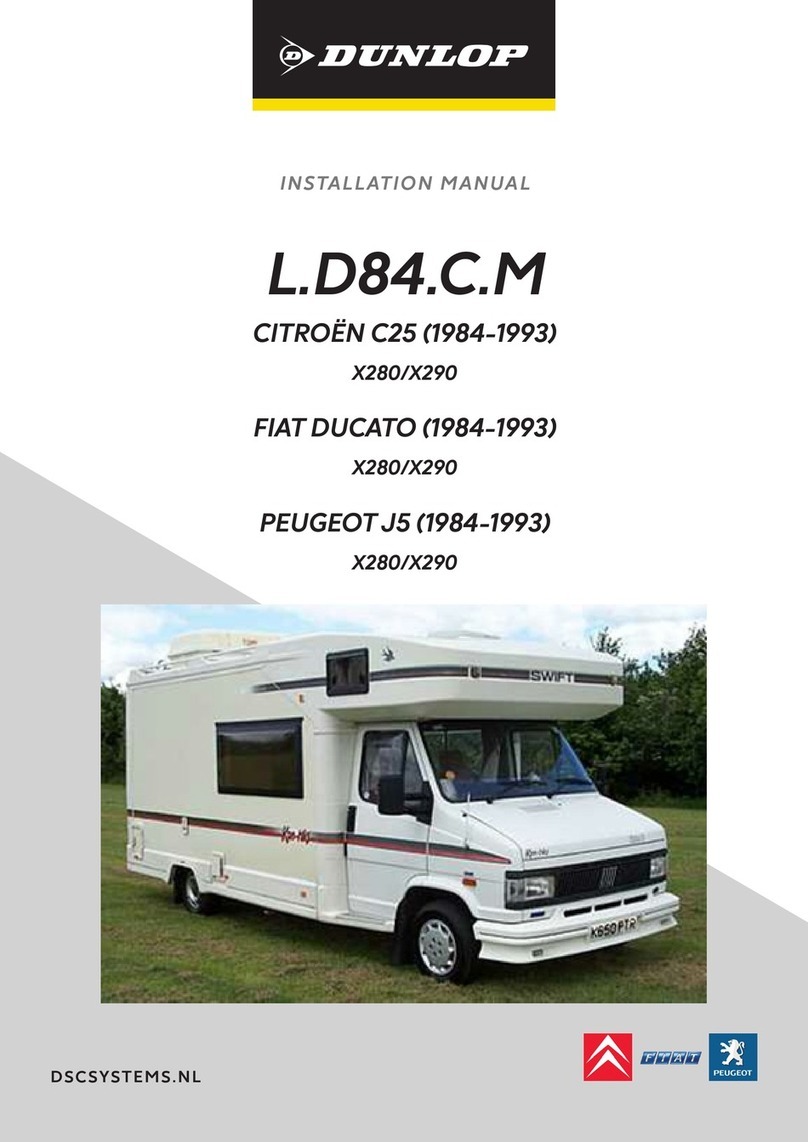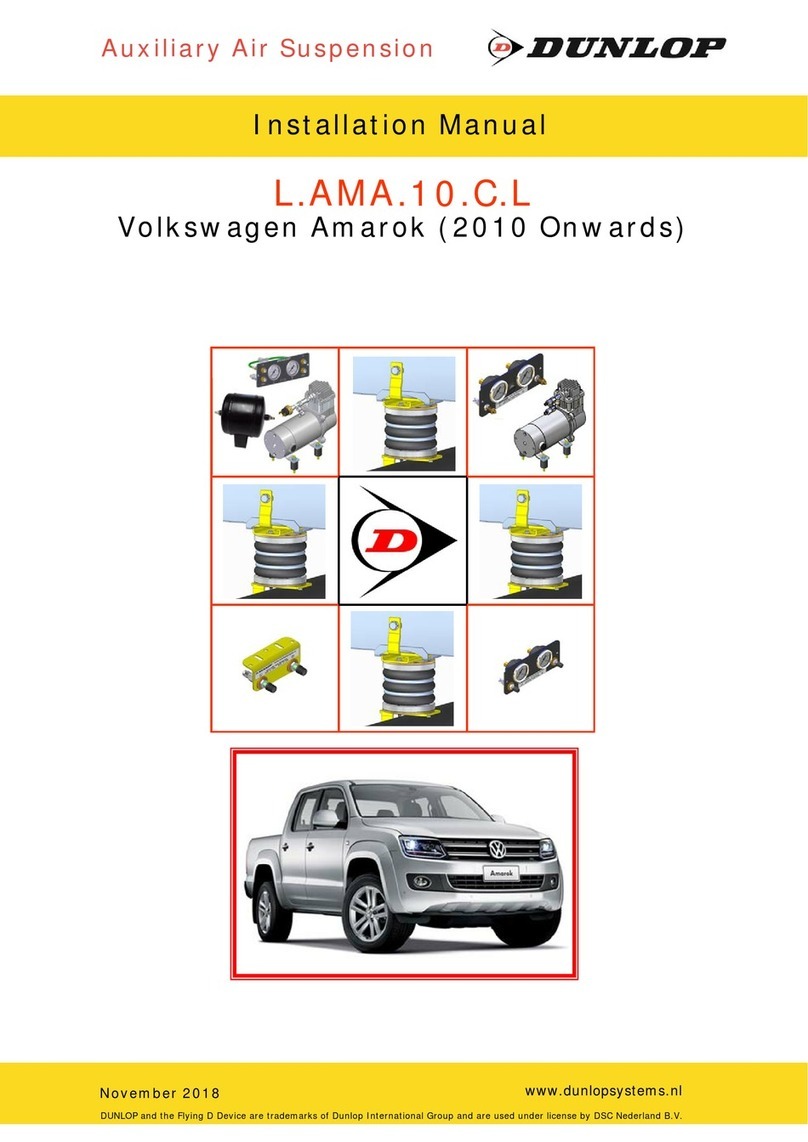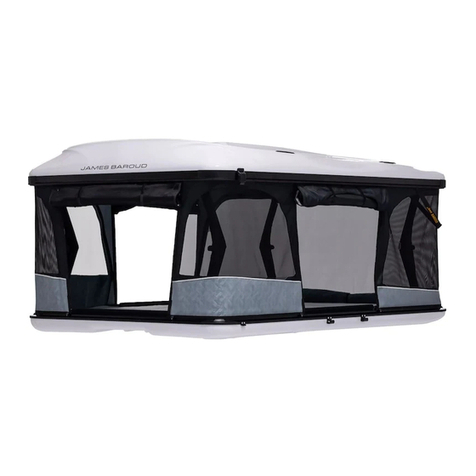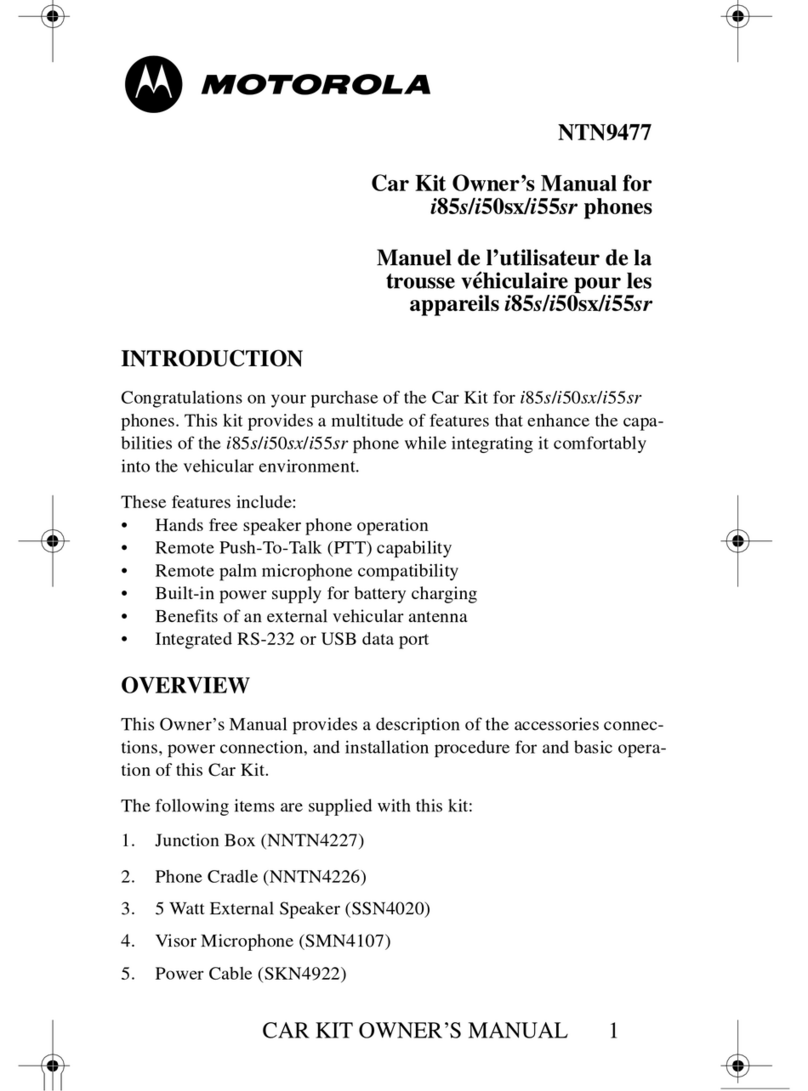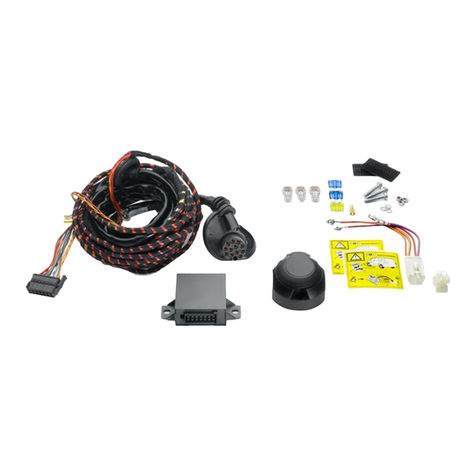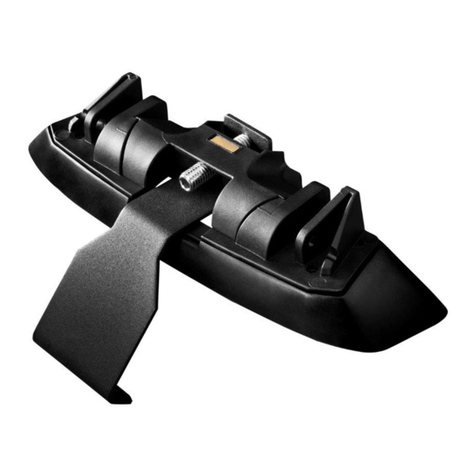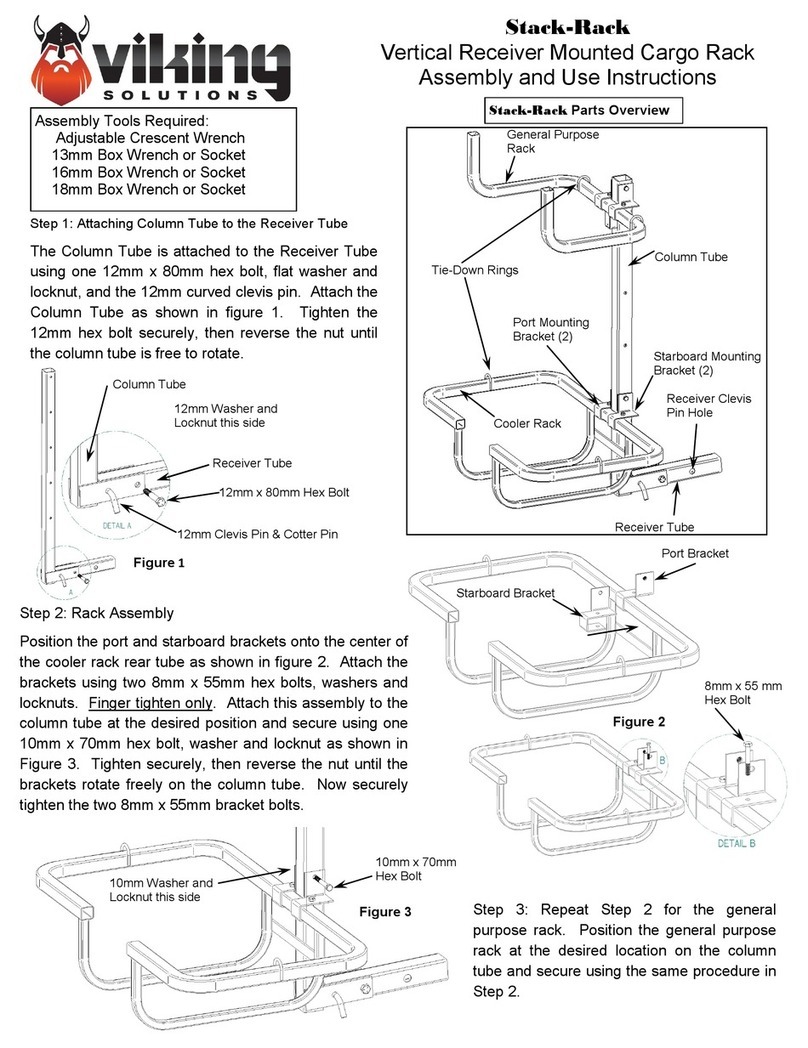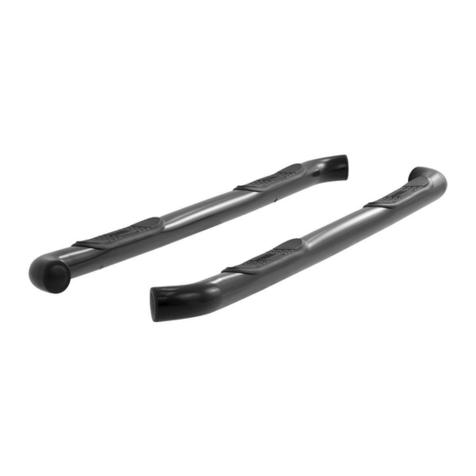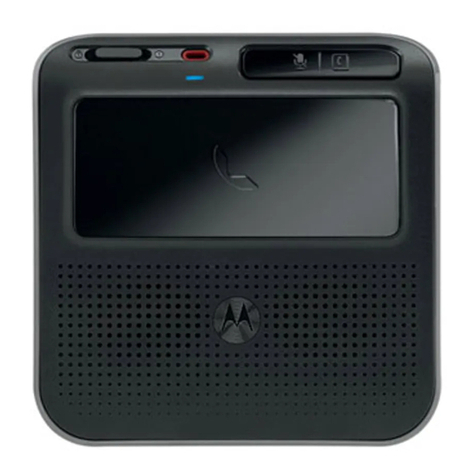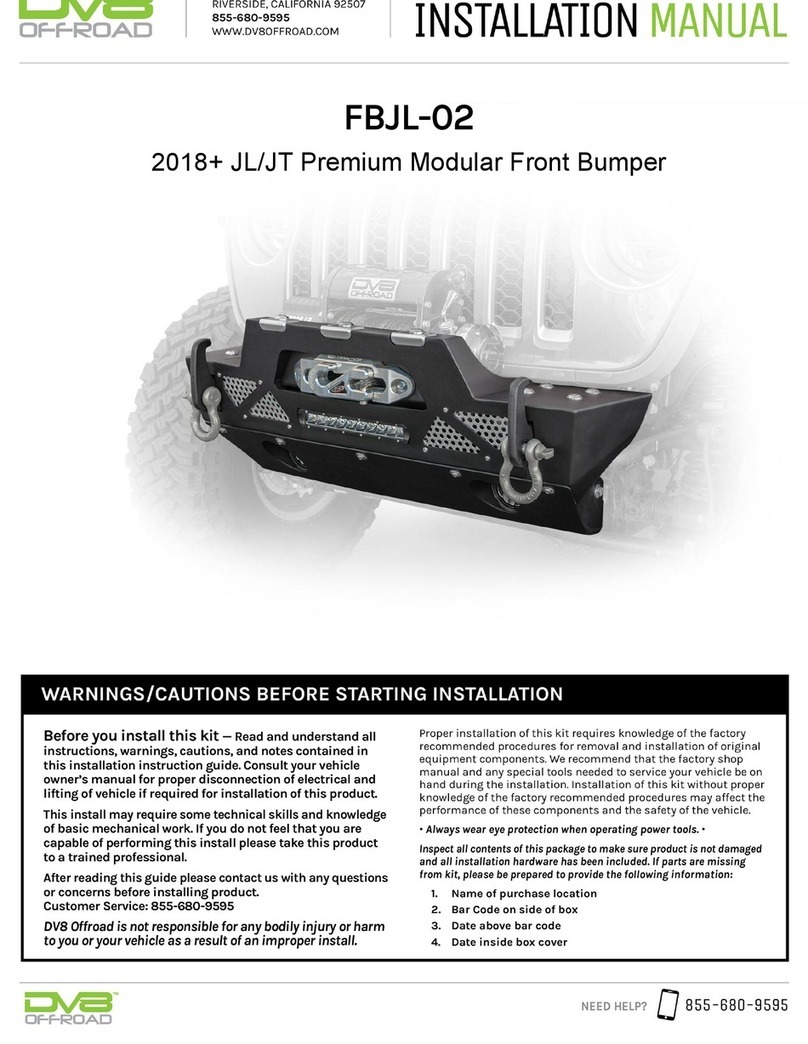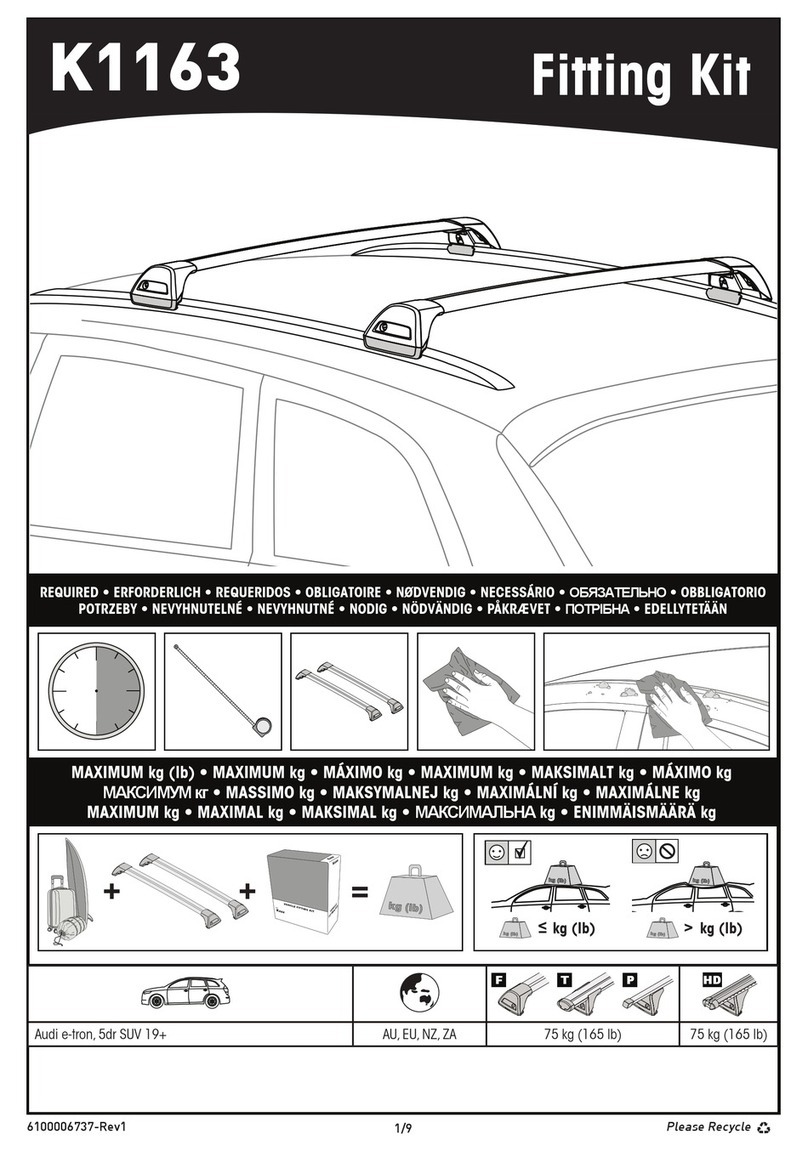
37
GB
> In the work area, the user is responsible to third parties for damage caused by use of
the mobility system.
> Never leave the equipment unattended as long as it is switched on, and heed the lling
instructions for vehicle tires as well as for other objects to be lled.
2A CAUTION: > Avoid skin contact with the sealant, since it can cause an allergic reaction
in sensitive people.
> In addition, there is a possibility of severe irritation in the case of contact with eyes, skin
or mucous membranes due to the high pH value.
2A DANGER: When used on vehicles with a combustion engine, the electrical air pump may
only be used outdoors or in areas which are sufciently ventilated.
There is a choking hazard due to vehicle exhaust fumes when the engine is running.
2A WARNING: > To avoid injuries, never direct the equipment at yourself or other people
during operation, especially not towards eyes, nose, mouth and ears.
> Never expose the equipment to extreme temperatures, uctuations in temperature, high
air humidity, direct sources of heat, hot surfaces and open sources of re, heavy mecha-
nical loads, direct sun radiation, excessive dust development and humidity.
2A DANGER: > To avoid electric shocks, never immerse the equipment in water or other
liquids. Do not allow liquids to get inside the equipment.
> Never touch the equipment and the connection plug with wet hands. Make sure that the
connection plug never gets wet or damp during operation.
2A WARNING: > Never make any changes to the equipment. Do not open the housing under
any circumstances. Do not insert any objects into the housing.
> Check the equipment regularly for damage and visible signs of use.
